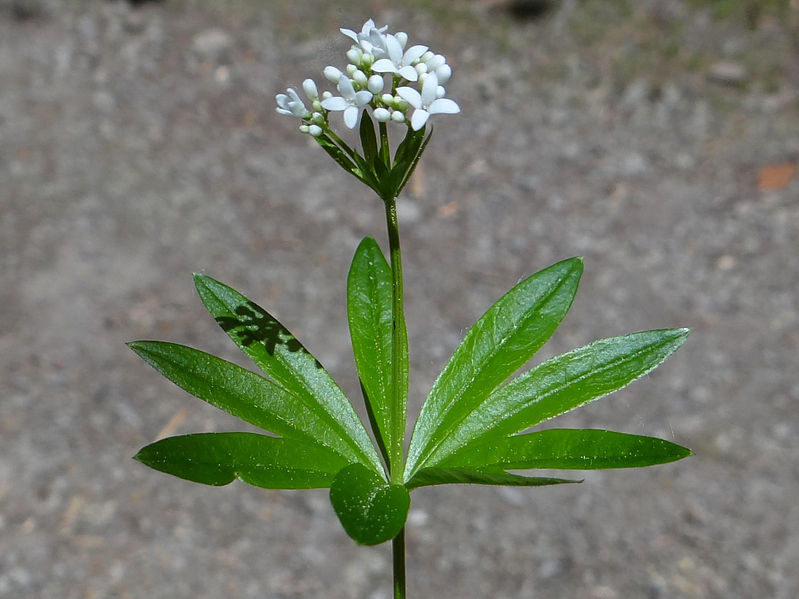Sweet Woodruff Identification – Galium odoratum
Heads up
The natural world is full of interesting plants. Among them is the Sweet Woodruff, which is scientifically known as Galium odoratum. This plant belongs to the Rubiaceae family, a group that might be familiar to many as the coffee family.
While many know it as Sweet Woodruff, it also goes by another name: sweetscented bedstraw. “Bedstraw” is a hint to its historical use; people once used it to stuff mattresses. The “sweet-scented” part is due to its pleasant fragrance.
Sweet Woodruff originates from a vast region that covers North Africa, parts of Asia, and Europe. In nature, it’s found in many parts of Europe, stretching from Spain all the way to Russia and even reaches as far as China and Japan. Interestingly, while it’s native to these regions, it has also made its way to some parts of the United States and Canada. But, it’s not widely spread there and only appears in certain areas.
Sweet Woodruff: Key Parts in Photos




How to identify Sweet Woodruff
How can you spot a Sweet Woodruff in the wild or in gardens? This plant tends to grow between 6 to 12 inches tall, spreading up to 2 feet. It either lies flat on the ground or scrambles over other plants. You’ll often see its white, small, star-shaped flowers that are less than an inch in size. These flowers grow in clusters known as cymes. “Cymes” is a botanical term that describes a certain arrangement of flowers where the central or main flower blooms first.
The leaves of Sweet Woodruff are another distinct feature. They are lanceolate (which means they’re shaped like a lance or spearhead) and simple. These green leaves grow in groups of 6-9 around the stem, in a whorled arrangement. When crushed, these leaves give off a delightful aroma. You might wonder why Sweet Woodruff smells so sweet. It’s due to a compound called coumarin. This same compound is used in flavorings, like in teas or fruit drinks, because of its content.
Once the flowering season ends, the plant produces fruits. They’re tiny, less than an inch, and have hooked bristles. These bristles catch onto animals’ fur or our clothing, helping the plant spread its seeds.
Want to learn more?

Disclosure: This post includes affiliate links. If you make a purchase through these links, we may earn a commission at no extra cost to you. We appreciate your support, as it helps keep this website running. Alternatively, you can search for the book title on Amazon if you prefer not to use the links. Thank you for your understanding and support!
